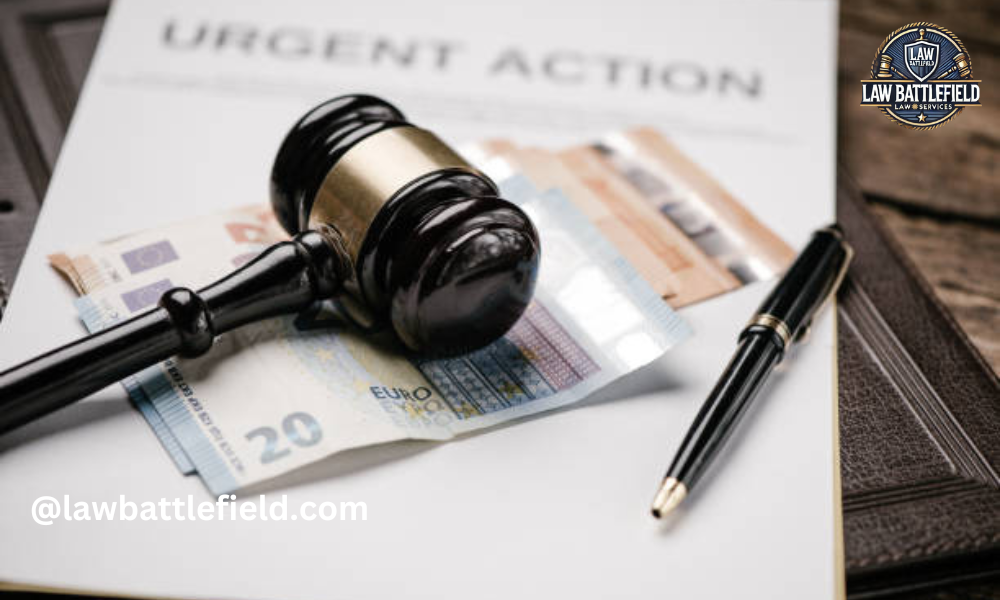Debt recovery is a critical aspect of financial stability for businesses and individuals operating in Italy. When amicable solutions and out-of-court settlements fail, creditors often turn to the judicial system to enforce their rights. Understanding the litigation process for debt collection in Italy is essential for both domestic and international creditors seeking to recover outstanding payments through legal means.
Preliminary Phase: Extrajudicial Attempts
Before initiating legal proceedings, it is customary—and often effective—to attempt an extrajudicial collection. This phase includes sending formal demand letters (sollecito di pagamento) to the debtor, detailing the debt amount, basis of the claim, and a deadline for payment. These notices serve as a formal warning and can often prompt payment without the need for court action.
If these efforts are unsuccessful, the creditor may proceed with judicial debt recovery.
Step 1: Filing For An Injunction (Decreto Ingiuntivo)
The most common legal procedure for debt collection in Italy is the application for a payment order (decreto ingiuntivo). This is a fast-track summary proceeding allowing the creditor to obtain a court order for payment without a full trial, provided they can demonstrate the existence of a clear and certain debt (typically supported by contracts, invoices, delivery notes, or acknowledgments of debt).
The creditor files a petition to the competent civil court (Giudice di Pace or Tribunale, depending on the value of the claim). If the judge is satisfied with the evidence, a payment order is issued—usually within a few weeks.
Step 2: Opposition From The Debtor
Once the payment order is served, the debtor has 40 days (or 10 days in urgent matters) to file an opposition (opposizione a decreto ingiuntivo). If the debtor contests the claim, the matter proceeds to ordinary civil litigation, which may involve witness testimony, expert opinions, and a full evidentiary process.
In the absence of an opposition, the payment order becomes final (esecutivo) and can be enforced through compulsory execution.
Step 3: Enforcement (Esecuzione Forzata)
When the payment order or court judgment becomes enforceable, the creditor can initiate enforcement proceedings. This may involve:
- Garnishment of wages or bank accounts (pignoramento presso terzi)
- Seizure and sale of assets (pignoramento mobiliare or immobiliare)
- Registration of liens on the debtor’s property
The bailiff (ufficiale giudiziario) plays a central role in executing these actions, under the supervision of the enforcement court.
Special Considerations For Foreign Creditors
For international creditors engaged in debt collection in Italy, EU regulations like the Brussels I Recast Regulation (1215/2012) may simplify the recognition and enforcement of foreign judgments. However, where no EU regulation or bilateral treaty applies, creditors must undergo a process called exequatur to have their foreign judgments recognized in Italy.
Moreover, communication and legal filings must be in Italian, and representation by a locally licensed attorney is often required, particularly in courts of higher jurisdiction.
Conclusion
Litigation remains a powerful tool in the broader landscape of debt collection in Italy. While the legal process can be time-consuming and procedurally complex, it provides a clear path for creditors to enforce their rights and recover debts. Early legal advice, strong documentation, and understanding the nuances of Italian civil procedure can significantly improve the likelihood of successful recovery.
For businesses operating across borders, collaborating with specialized legal professionals familiar with both local and international debt recovery practices is highly recommended.
Was this article helpful? Check out more on Lawbattlefield.com





